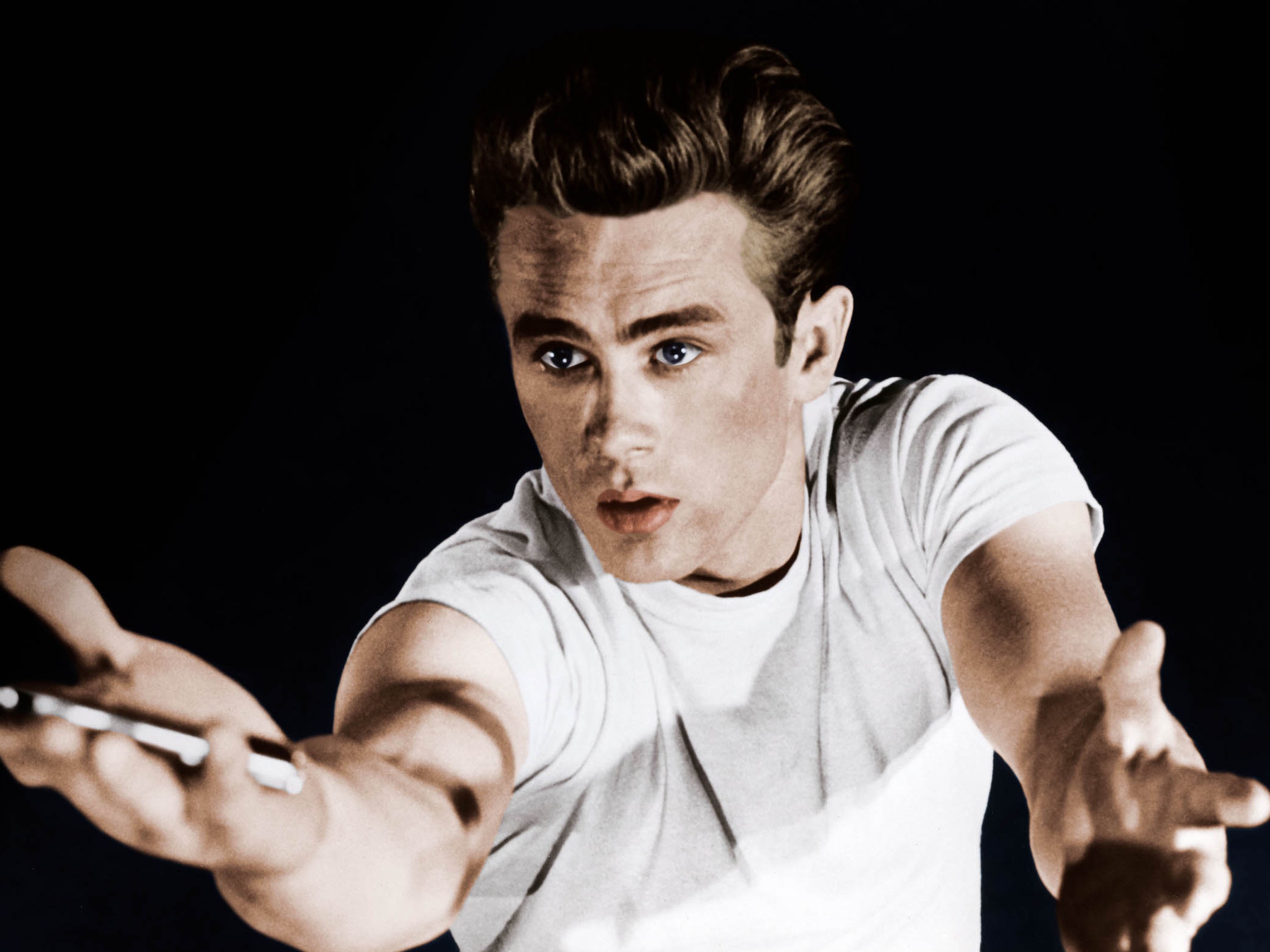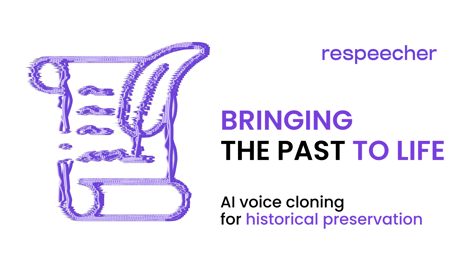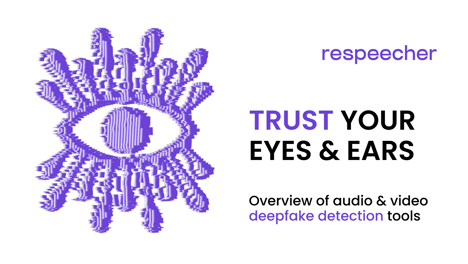
The film industry is expanding by leaps and bounds. Box office records are broken every year, movie budgets are skyrocketing, and AI generated content for media is evolving at a blistering pace.
In general, speculating about the future of filmmaking gets exponentially more difficult the further into the future you attempt to predict.
In this article, we will analyze past innovations that disrupted the industry. We’ll look at their impact and compare them to some potentially controversial but exciting new digital era technologies such as synthetic media, which includes AI voice cloning technology like deepfakes and virtual influencers, and explore how they might shape the landscape of filmmaking in the years to come.
Technologies that changed how films are made
It’s no surprise that advancements in technology have had such wide-reaching effects on the film industry. They have impacted equipment, actors, and distribution, changing the way films are made and seen by audiences.
Let’s take a look at what technologies have had the biggest impact on the film industry over the past 120 years including the rise of synthetic media which are altering the way stories are crafted and consumed.
- Sound. One of the biggest innovations in the industry of all time (besides the movie camera, of course) is synchronous sound. Before this invention, we could only watch silent films. The process of synching sound was achieved in 1914 with The Photo-Drama of Creation. However, only Warner Brothers’ “Vitaphone” used the new technology in feature films.
- Color. The era of good old black and white films entered its twilight years after The Wizard of OZ brought OZ to life in Technicolour.
- Green screen is another crucial technology that changes the process of filming. With this innovation, a scene is filmed against a colored (green) screen and then re-filmed with a filter that removes the background and allows any background to be inserted in the place of the colored canvas.
- Lightweight/portable equipment allowed filmmakers to capture images on location and film documentary films on the street level. Before that, constructing huge studios for scenes was the only method for making movies.
- Inventions that signify benchmark camera techniques are the dolly and Steadicam. The dolly is a camera on wheels that moves along tracks, allowing you to follow people on set. The Steadicam delivered greater convenience to the process by providing the freedom of hand-held shooting: a rig places the camera on different points of the body (back, shoulders, and chest) to support it during filming.
- Digital single-lens reflex cameras provided the film industry with the ability to record onto memory cards and internal storage. Aspiring filmmakers could save time and reduce the costs associated with the setup because of the compactness and accessibility of these cameras.
- In 1973, the film industry went through another upheaval thanks to computer-generated imagery. The sci-fi film Westworld was the first movie filmed using this technology. Science fiction and fantasy filmmakers finally had a chance to play around with tools capable of visually depicting the world they created.
- And of course - the Internet. From the 1990s to the present day, it continues to change the industry and the manner in which films are promoted and consumed. Literally anyone with a smartphone and access to the internet can watch and distribute movies. New formats such as web shows and podcasts mean that the power has shifted from the industry to consumers.
Every year, new technologies make the film industry more and more open and accessible for authors and audiences while provoking ethical controversies. We will dive into the much debated and at the same time amazing technologies that can... fool the naked eye and cheat death, including AI generated content that blurs the line between reality and fiction, raising profound questions about authenticity and manipulation in storytelling.
Technologies that Misdirect and Cheat Death
Humanity has always tried to perpetuate its own memory through the mediums of art, literature, photography, and video.
Modern technologies make it possible to copy a person's speech, appearance, and facial expressions, opening the way to digital immortality and the doubling of people who passed away long before. One such technology at the forefront of this development is AI voice cloning technology, which can replicate a person's voice with remarkable accuracy, raising both exciting possibilities and ethical concerns about the use of such technology.
Based on the information we have about an individual, a copy of their personality should be able to behave, react, and think in the same way.
Information should describe the behavior and actions of a person, and this information can be drawn from a variety of sources: stories of correspondence, diaries, and photographs - to psychological tests, and audio and video recordings of the person of interest.
With the help of new film industry technologies, it is now possible to create an exact robotic copy with advanced generative AI capable of reproducing the facial expressions, movements, and personal character of an individual.
Thanks to so-called Death Tech, a person can upload memories, voices, and behaviors into an electronic medium and thus live forever. In addition, there have already been cases involving the digitalization of the deceased.
In the film industry, certain technologies can “resurrect” a deceased actor for a role or create a digital double of an actor that is unable to physically participate in filming.
AI dubbing technology is one avenue through which these digital recreations can be brought to life, allowing for posthumous performances and the preservation of voices for future generations to hear.
Innovations like these deliver a priceless service to audiences. AI voice cloning technology has progressed to a point where iconic actors and actresses can now be recreated with a degree of realism that does their legacy justice.
The idea of virtually reviving a deceased entertainer came about thanks to the Death Tech industry. The basis of this theoretical concept is the preservation of a person's digital identity. Death Tech can be attributed to the discipline of Digital Death Studies, which studies death in the age of the internet.
The concept of a "digital clone" came from the film industry at the end of the 20th century. The actor's appearance and voice are recreated using CGI (computer-generated imagery) and Face2Face (facial capture and real-time RGB video creation). A person with a digital copy is often called a "virtual human". The "double" is almost indistinguishable from the original.
In 2019, the Dali Museum in Florida “revived” Salvador Dali for his 115th birthday. The authors used deepfake technology which allowed "Dali" to interact with the visitors.
Rapper Kanye West presented his wife Kim Kardashian with a talking hologram of her deceased father Robert for her birthday, which was created through synthetic media. Thanks to this technology, the man was able to dance and talk to his daughter.
Deepfake is a video recording created using Artificial Intelligence. To put it simply, a pixel-by-pixel neural network assembles a video based on ready-made images. For example, it studies thousands of photographs of David Beckham and releases a video in which the athlete encourages people to fight malaria. This technology, facilitated by a deepfake generator, raises concerns about the spread of misinformation and the manipulation of digital media.
Another form is when Artificial Intelligence imposes one character onto another and you get a combo: Jim Carrey as the villain from the movie "The Shining" or Brad Pitt as the Terminator.
Interesting fact: The first digital doubles of celebrities appeared in movies before Kardashian and Dali. In Forrest Gump, the protagonist finds himself interacting with deceased American presidents. This interaction was made possible thanks to the complex editing process of archival recordings and new footage.
Voice cloning technology in movies is another way to create a double of a person. AI allows for the cloning of the voice of any person and playing it in such a way that it sounds like the voice of another person - with their consent, of course.
For example, you can turn your voice into Rihanna’s (and no, your gender doesn’t matter) or Sean Connery’s. The resulting voice will contain all the emotional accents and nuances of the original voice.
Such voice synthesis allows filmmakers to cut costs and conserve resources when creating new movies with actors who can’t be physically present on set, to make an easter egg with your favorite actor or actress during the prime of their career, to improve or rejuvenate someone’s voice, or to make actors speak in your native language.
Indeed, voice cloning also allows Sean Connery to speak in fluent Mandarin, Arabic, or any other language.
With the help of voice cloning, the NFL brought an American football legend back to life on screen this year. Vincent Lombardi, a distinguished coach, and NFL executive spoke from the stadium’s screen, minutes before “America the Beautiful” was sung.
Due to the poor quality of the original videos, It was a real challenge for the Respeecher’s team. But we made it work! Respeecherof the super resolution algorithm to deliver the highest resolution audio across the board, even in cases when the client doesn’t have high-res sources available.
This use of synthetic media highlights the potential for AI-driven technologies to reshape the way historical figures are represented in digital content.
Learn more about how audio super resolution works and how you can benefit from it - by downloading this audio super-resolution whitepaper.
The Ethical Issues of Film Industry Innovations
As with every innovation, modern inventions pertaining to filmmaking create concerns and even ethical opposition.
The ethical issue of the “resurrection” is one of the most controversial topics in the world of modern technologies and filmmaking.
Some consider virtual doubles a disaster for mental health and a dubious source of income. Psychologists talk about the danger of the illusion of the presence of a deceased person in the real world. The return of deceased actors to the big screen causes subconscious rejection among fans.
Their opponents believe that such technology is just a tool for interacting with information in a visual format. And this is beneficial because movies are more immersive than photography or film - and that’s all. It is natural and educative for people to “resurrect” those who are no longer with us in films, books, and photographs.
We truly understand the concerns that these new technologies can raise among people. And rightly so. That is why Respeecher is committed to ensuring that the technology is only used for ethical projects. More information about our ethics is on the Respeecher FAQ page. Our dedication to ethical voice cloning practices ensures that our technology is used responsibly and with respect for individuals' rights and privacy.
The Future of the Film Industry
The Death Tech industry is not regulated in any way. There are no rules that control the use of data for creating doubles of deceased people. Developers and scientists consider this topic a "grey zone".
Despite the controversies and ethical opposition, the filmmaking industry keeps using Death Tech tools (in a fully ethical way) to develop its products and amaze audiences around the world. This includes the use of ethical voice cloning to enhance storytelling while upholding ethical standards.
With such innovations, filmmakers can improve visuals, dubbing, promotion of films, and many other aspects. The industry adapts to the digital world by finding new ways to benefit from the latest innovations.
Technology is having the most profound impact on the art of cinematography. We can condemn some of the methods used to leverage new inventions or admire them. However, one thing is completely clear - we have the opportunity to observe an exciting century in the history of cinema - the digital era. From AI-generated content to advanced editing techniques, the possibilities for creativity and innovation in filmmaking are expanding rapidly in this digital age.
FAQ
Synthetic media in filmmaking involves creating content using AI-generated tools like AI voice cloning, deepfake technology, and AI-powered CGI to manipulate visuals and audio for storytelling.
AI voice cloning enables filmmakers to replicate actors’ voices, enhancing post-production, creating digital doubles, and offering cost-effective options like voice synthesis for dubbing.
Digital doubles are AI-generated replicas of actors used in place of live performers for stunts or posthumous performances, enhancing storytelling and minimizing physical risks.
Deepfake technology raises ethical concerns around misinformation, consent, and digital immortality, as it can manipulate public perception or resurrect deceased actors for profit.
AI-enhanced post-production tools like AI-driven CGI, voice synthesis, and deepfake technology streamline editing, visual effects, and dubbing, speeding up processes and improving quality.
AI-generated content like AI voice cloning and synthetic media can augment creativity, but human creativity remains crucial for nuanced storytelling and ethical decision-making in filmmaking.
AI-powered voice cloning and voice synthesis improve dubbing and localization by mimicking original voices, preserving actor performances, and enabling accurate translations across languages.
Synthetic media, including AI-generated scripts, deepfake technology, and AI-powered CGI, allows for more dynamic and immersive narratives, blurring the line between reality and fiction.
Glossary
AI voice cloning
Synthetic media in film
Digital doubles in filmmaking
Ethical AI filmmaking
Deepfake technology in movies
AI-driven CGI advancements
The use of AI-powered filmmaking tools to enhance synthetic media in film, creating digital doubles, improving AI-generated content, and boosting post-production.
Voice synthesis for ADR
The use of AI voice cloning and synthetic media in film to create realistic dialogue replacements, enhancing post-production and AI-powered filmmaking tools.

- voice cloning
- synthetic media
- artificial intelligence
- film industry
- de-aging technology
- de-aging
- future of film-making
- computer generated imagery (CGI)
- holograms
- artificial intelligence (AI)
- holographic technology
- Content Creators
- democratize media
- AI deepfake technology
- film industry technologies
- death tech
- cheat death
- ethical voice cloning
- generative AI
- AI voice cloning technology
- AI dubbing
- Respeecher for Business
- Film and Animation
- deepfake generator





